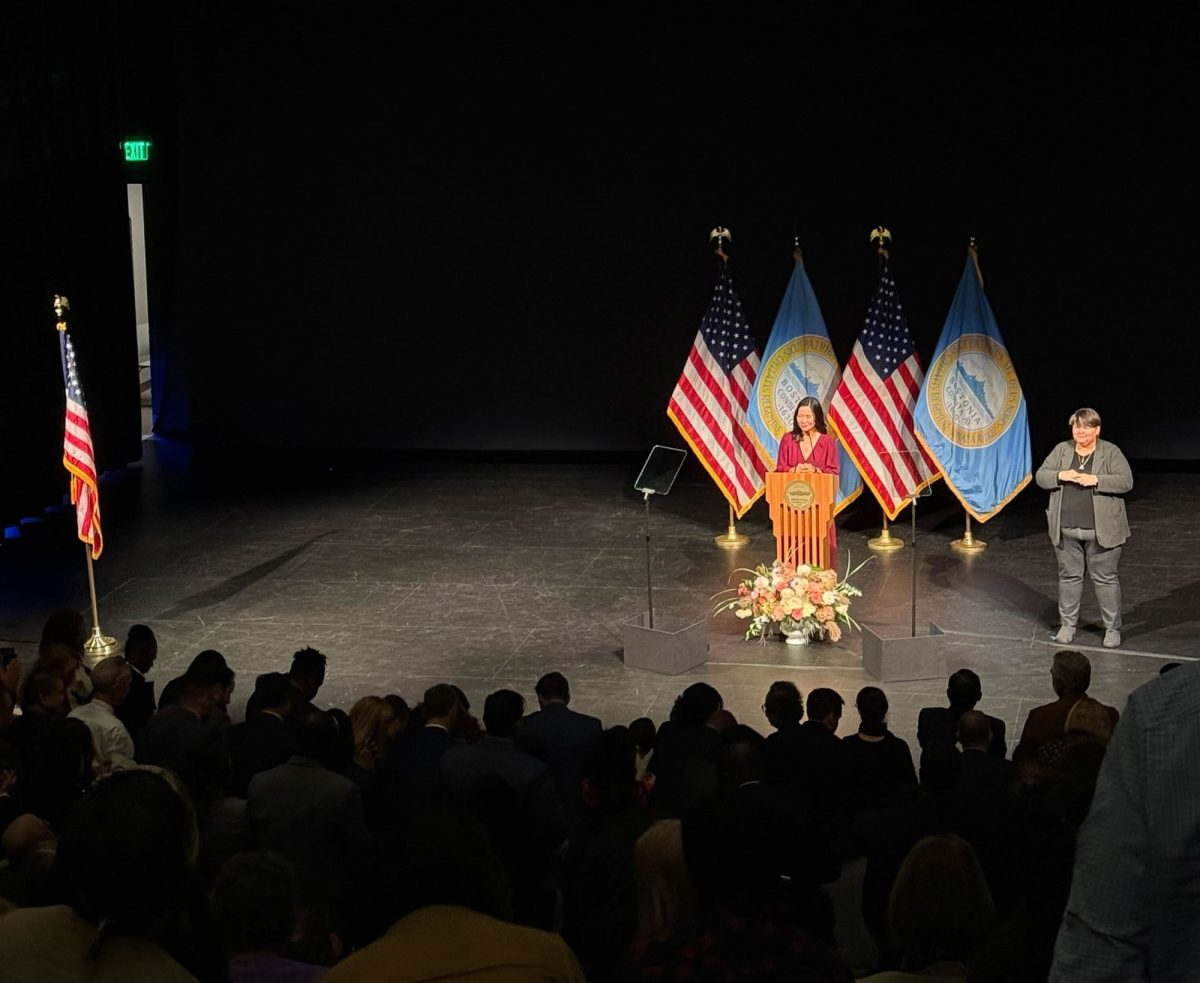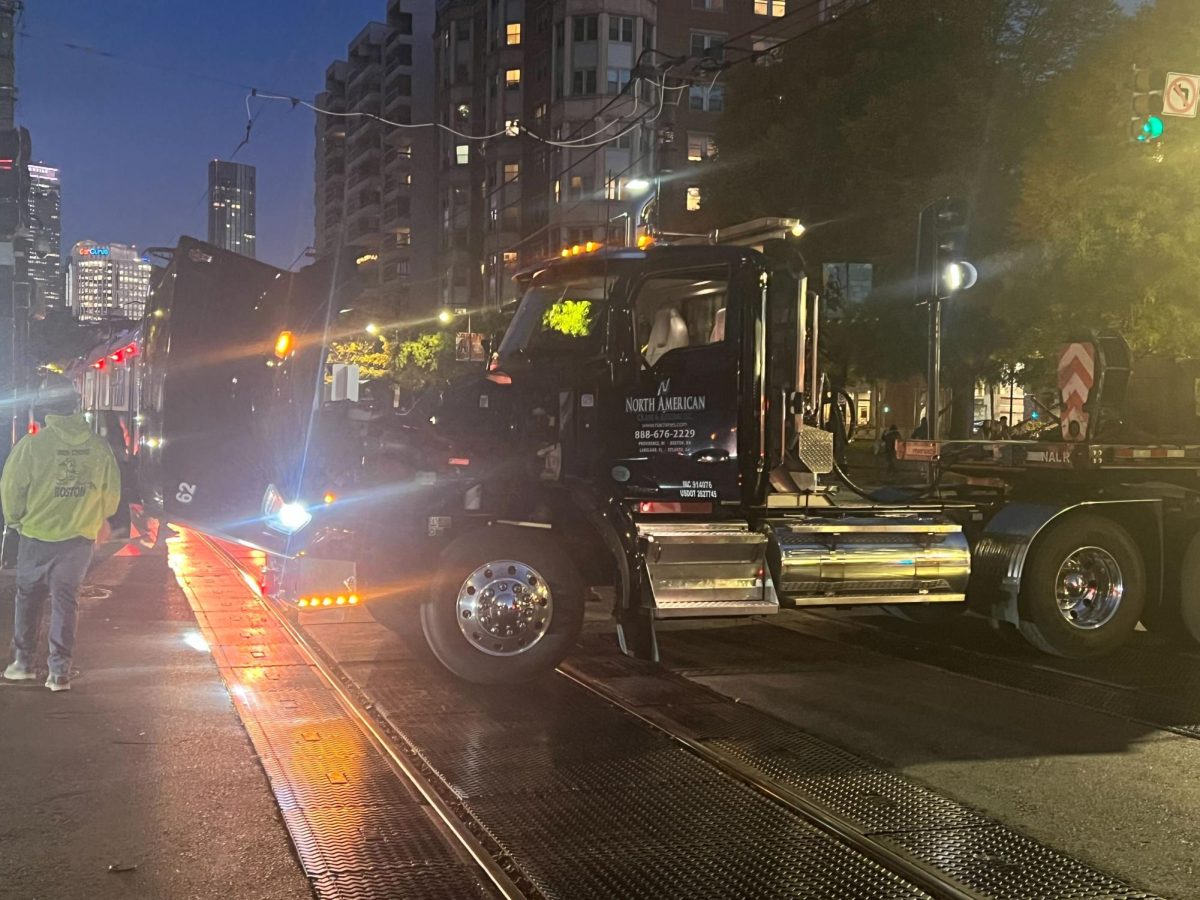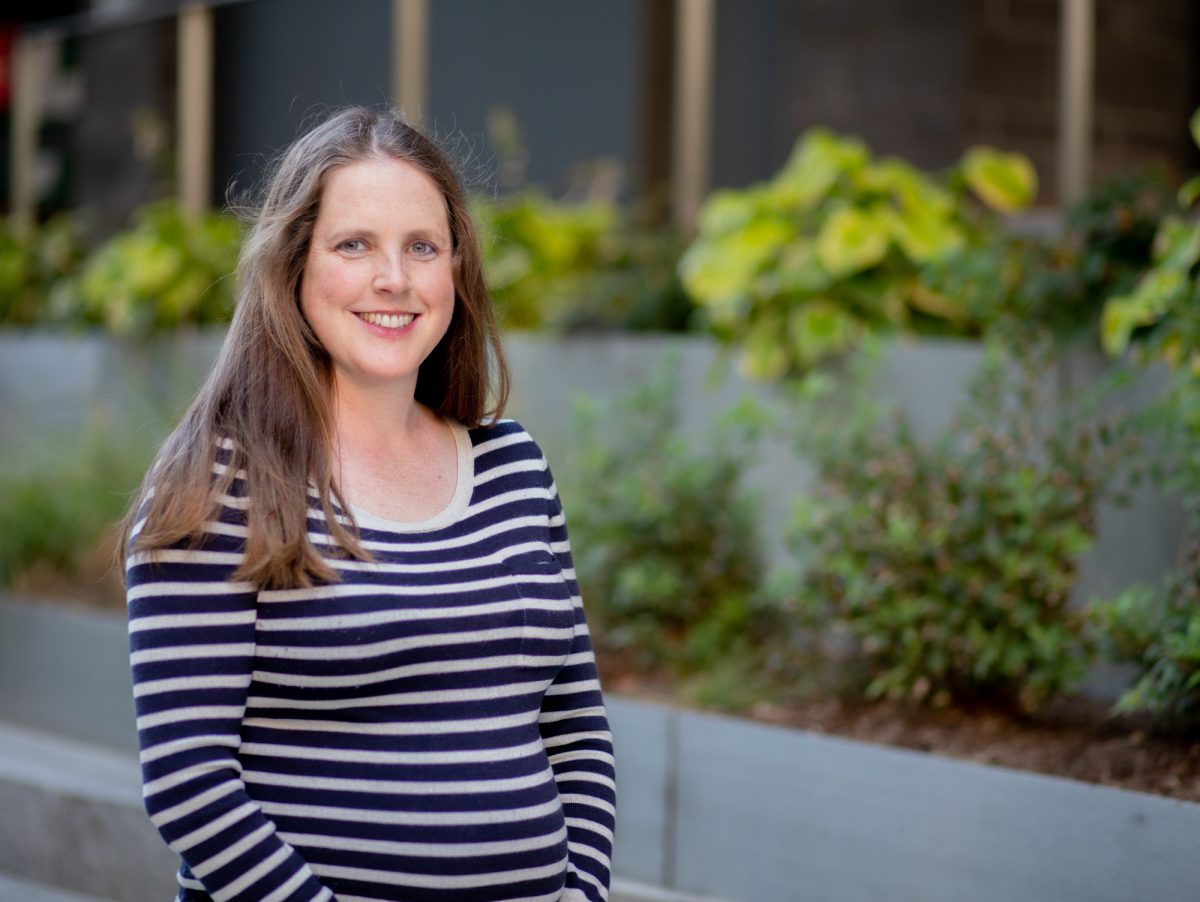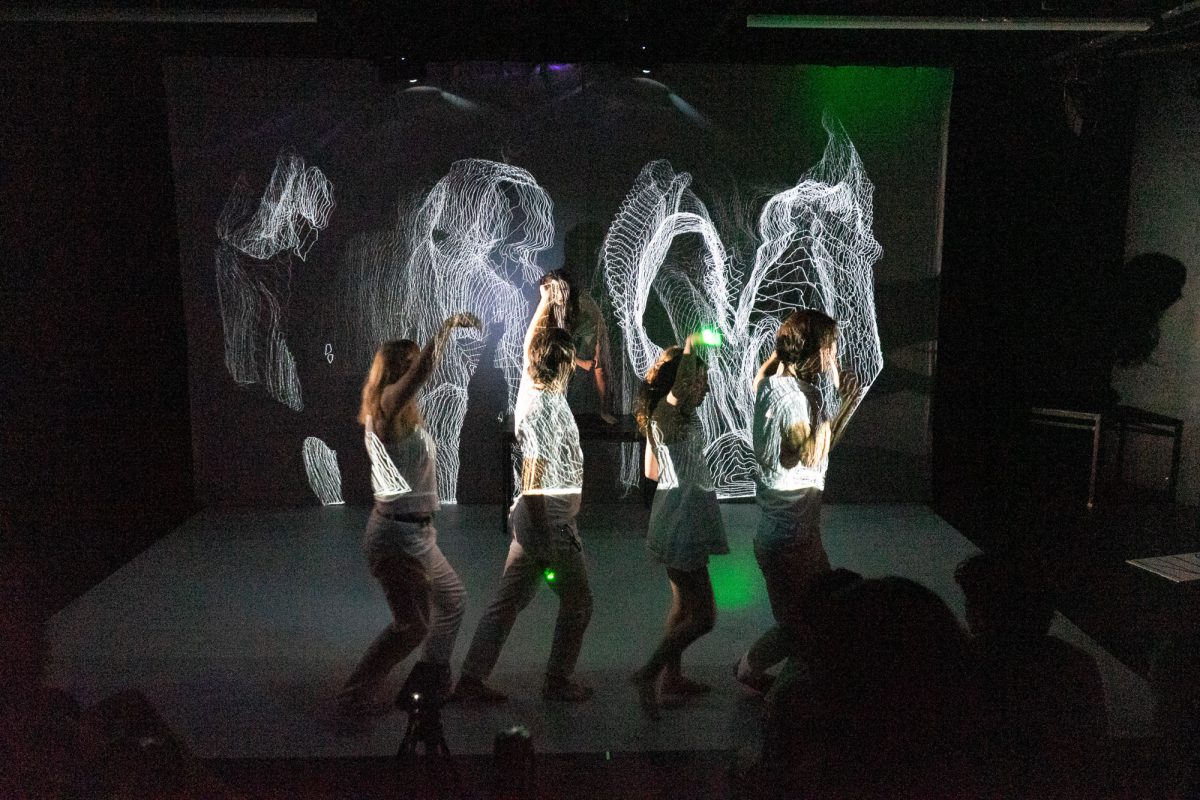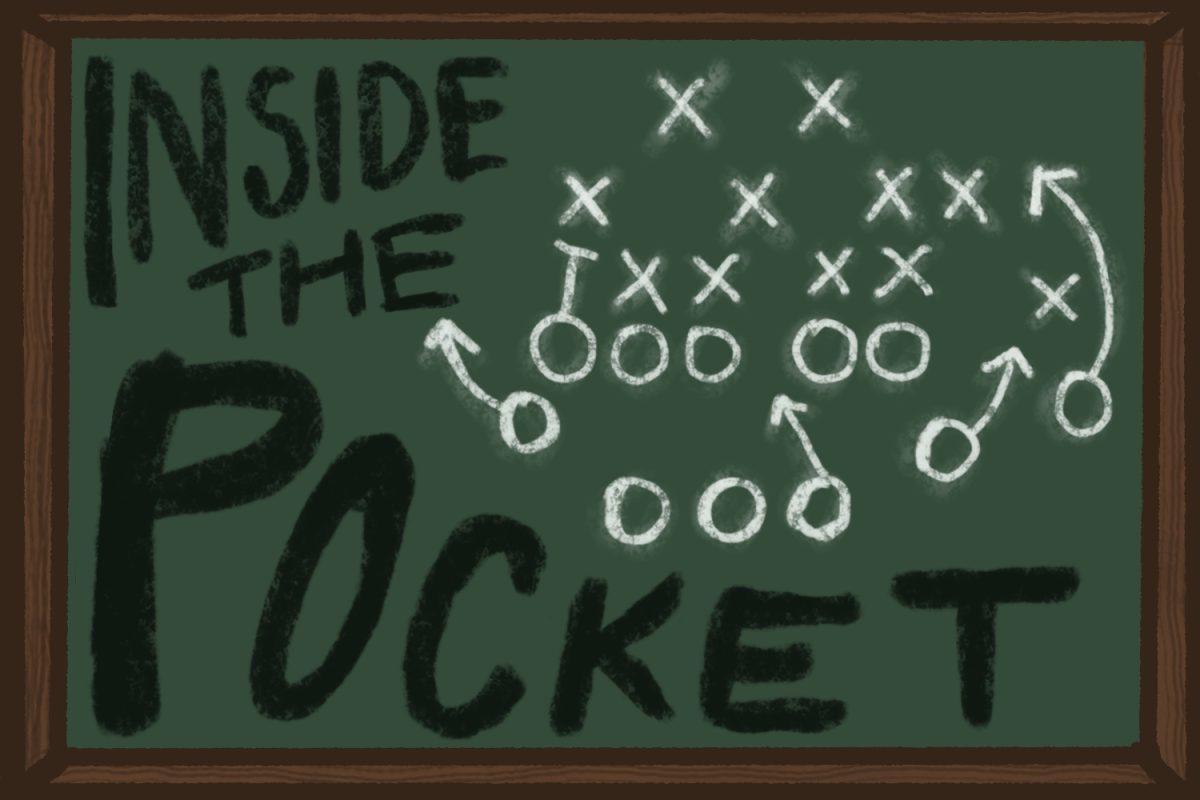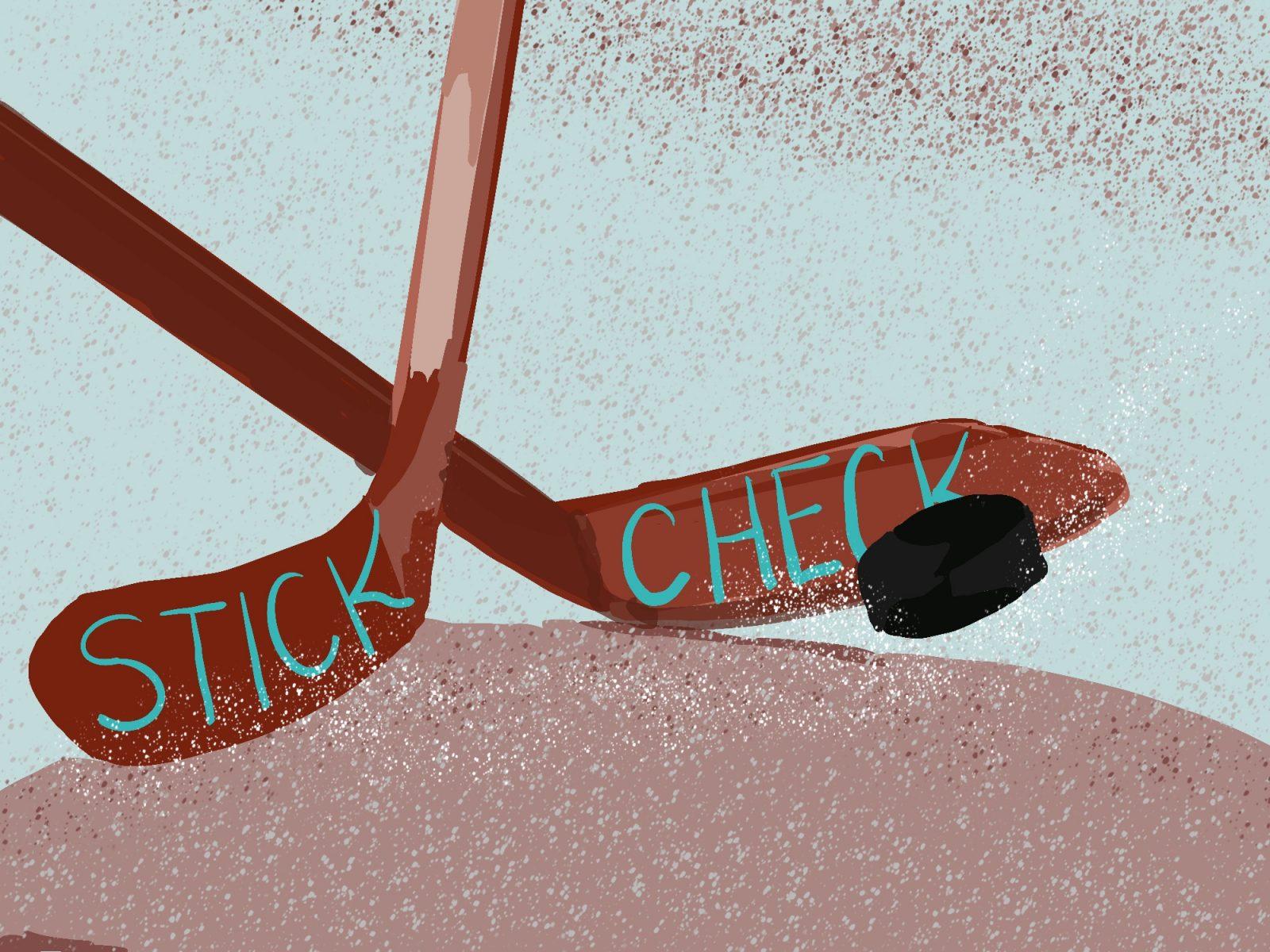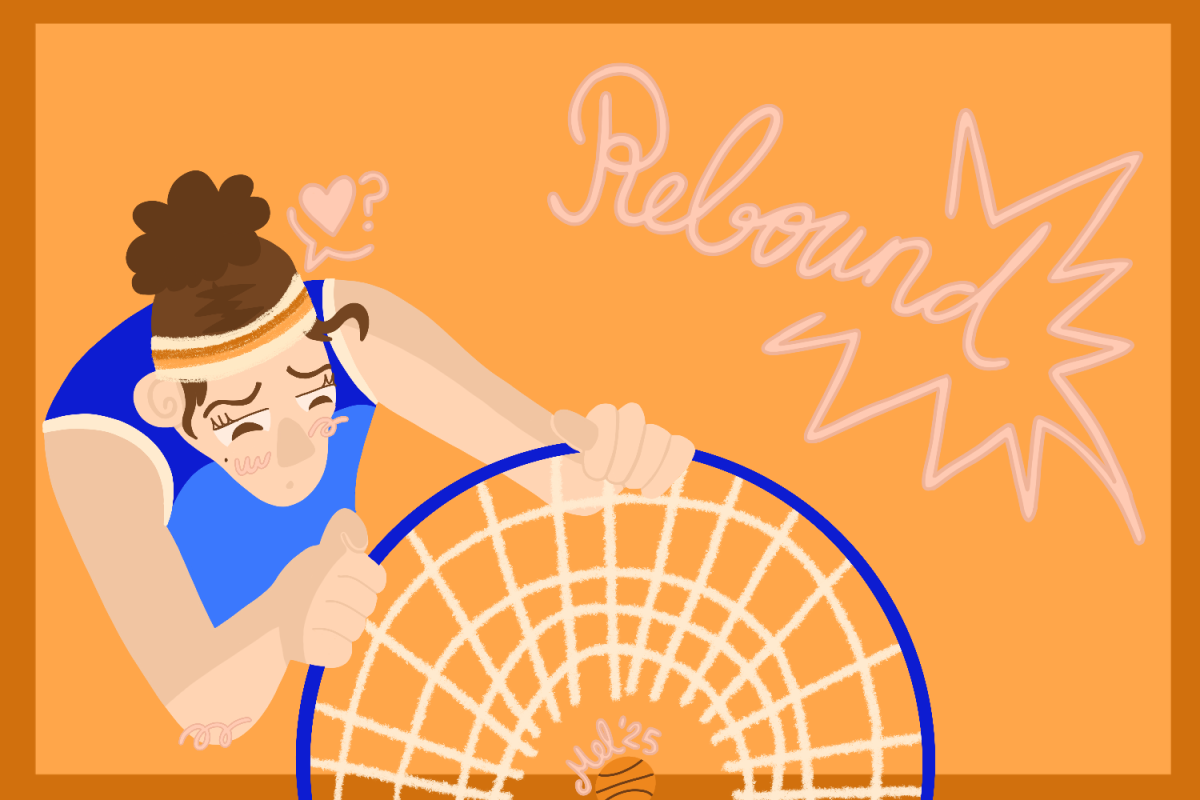When some people hear the phrase “Native American,” they think of teepees, chanting, hunters and gatherers.
But what many don’t know is Native Americans were actually at the forefront of technological advancements before disease and the influx of colonial settlers depleted their villages, according to a study done by former Boston University professor Ken Kvamme, currently an archaeologist at the University of Arkansas.
“People tend to downgrade the achievements of Native Americans,” said BU archaeology professor Murray McClellan, who works with remote sensing techniques similar to that of Kvamme’s. “There’s still a residual feeling of under-appreciation of early Native American groups, which is what studies like these seem to turn our attention away from.”
By using a magnetic radar technique that can survey buried villages, Kvamme delivered a more substantial picture of Native Americans as far back as the 13th century, changing the way scholars view their indigenous history, last Saturday at the Society for American Archeology conference in New Orleans.
For the past three summers, Kvamme has conducted geophysical surveys of different indigenous settlements in North Dakota. Using remote sensing technologies, Kvamme created large-scale maps that allow archeologists to view a complete layout of long-buried villages.
“Remote sensing is the perfect technology for this type of project,” McClellan said. “You don’t have to excavate a thing, and if you want to, you can map out the excavation without digging blindly.”
Kvamme is one of a few archeologists using remote sensing technologies to peer below the earth’s surface. By gauging the magnetic and electrical properties of soil, Kvamme’s instruments outline a detailed picture of structures and habitation up to two meters underground.
To create a map of the underground site, Kvamme combined information from three remote sensing tools: the magnetometer, which reads the magnetic properties of soil; the electrical resistance meter, which uses electrical current to measure the resistance of the soil; and the ground penetrating radar, which determines depth by sending a pulse of energy into the earth and measuring the time it takes to return after bouncing off the buried structure.
“These tools actually tell us things about a site that traditional archeology can’t,” Kvamme said.
Kvamme surveyed three former Native American villages in North Dakota, finding that there were probably no teepees and no grass huts.
Rather, the map of the Huff Village, which thrived in the mid-1400s, showed over 100 houses packed into an area 220 by 160 meters in size — a dense, city-like civic organization. With cities arranged in regular rows and with public lanes stretching between them, the indigenous tribes looked nothing like the modern portrayal in movies like Disney’s “Pocahontas.”
The map also showed a large central plaza — a sort of “downtown” area that indicates an emphasis on community gatherings and ceremonial activities.
In addition, the geophysical survey uncovered vast storage areas in their houses that were probably used for elaborate food storage. According to Kvamme, there were about 3,000 storage pits in the village, two meters deep by a meter wide, and 90 percent of them were located inside like a makeshift pantry, which indicates an emphasis on agriculture, health, trading and forces
scholars to reconsider population estimates.
Other North Dakota sites also turned up new findings. Due to clashing villages, settlements such as Mandan and Arikara protected their permanent villages with defensive ditches and walls, which geophysical techniques showed.
Such a finding is unique because the Menoken Village flourished at a time when many
tribes hunted and gathered.
The existence of a civilized village at Menoken may force scholars to re-evaluate the time scheme of permanent native settlement, Kvamme said.
Studies on the Fort Clark site examined a more recent native settlement, particularly its relationship with nearby trading posts. Using the magnetometer, Kvamme could detect iron artifacts inside village houses.
“Some of the houses are loaded with iron objects, so we can assume those families might have had close ties to the trading post, possibly through intermarriage,” he said. “Other houses have no iron at all. We can infer social status and relationships just by looking at the artifacts.”
According to Kvamme, whenever humans do anything to the ground, they change its physical properties. For example, if they dig a ditch, the soil disturbed will be less compact, altering moisture retention and changing the way it conducts electricity. If they fill the ditch in, that earth shows a different magnetic field, because all the grains have been disrupted.
Even after tribes have moved, structures have burned down and time has buried all evidence, the imprint of human habitation endures in the soil — that’s what remote sensing technologies detect.
Remote sensing technology is used in many areas of science, according to McClellan.
For example, Farouk El-Baz, BU’s director of the Center for Remote Sensing and one of the foremost experts in the field, used satellite images obtained by remote sensing to dispute claims that there were less than 1 million people at the Million Man March.
McClellan said students in the BU department for remote sensing have access to professional remote sensing equipment, but warned that those with body piercings — or any metal on them — cannot use the equipment because the metal affects the magnetometer.




